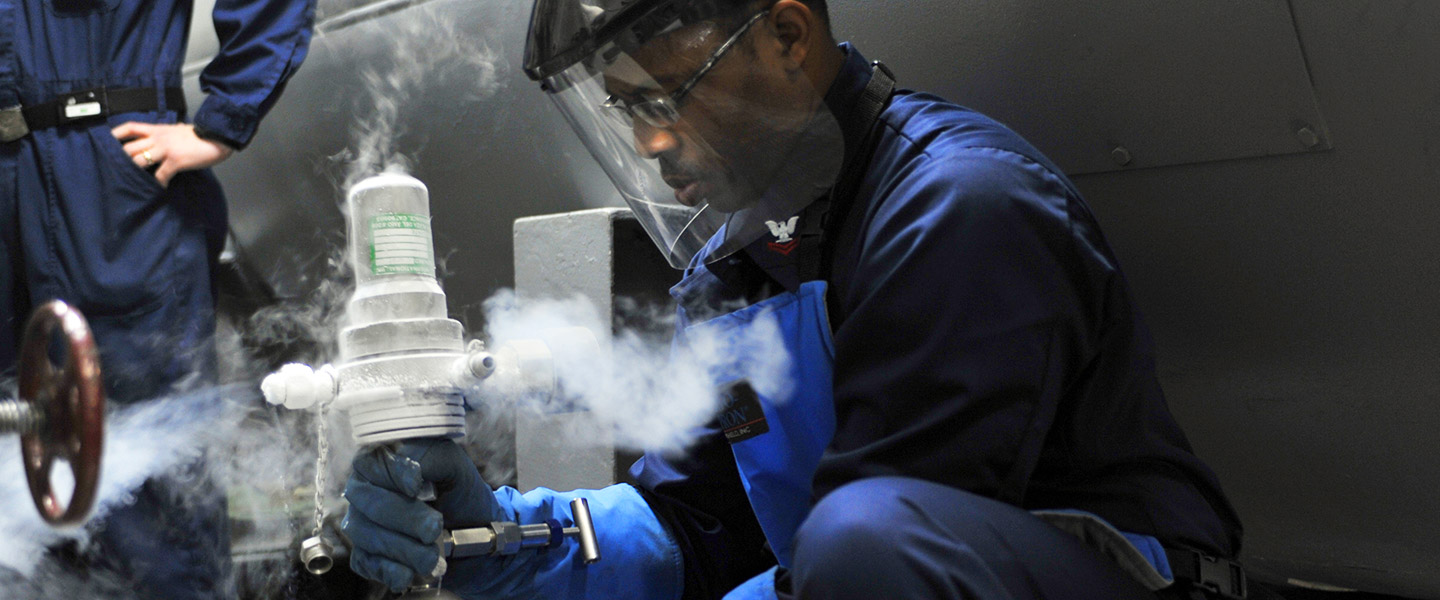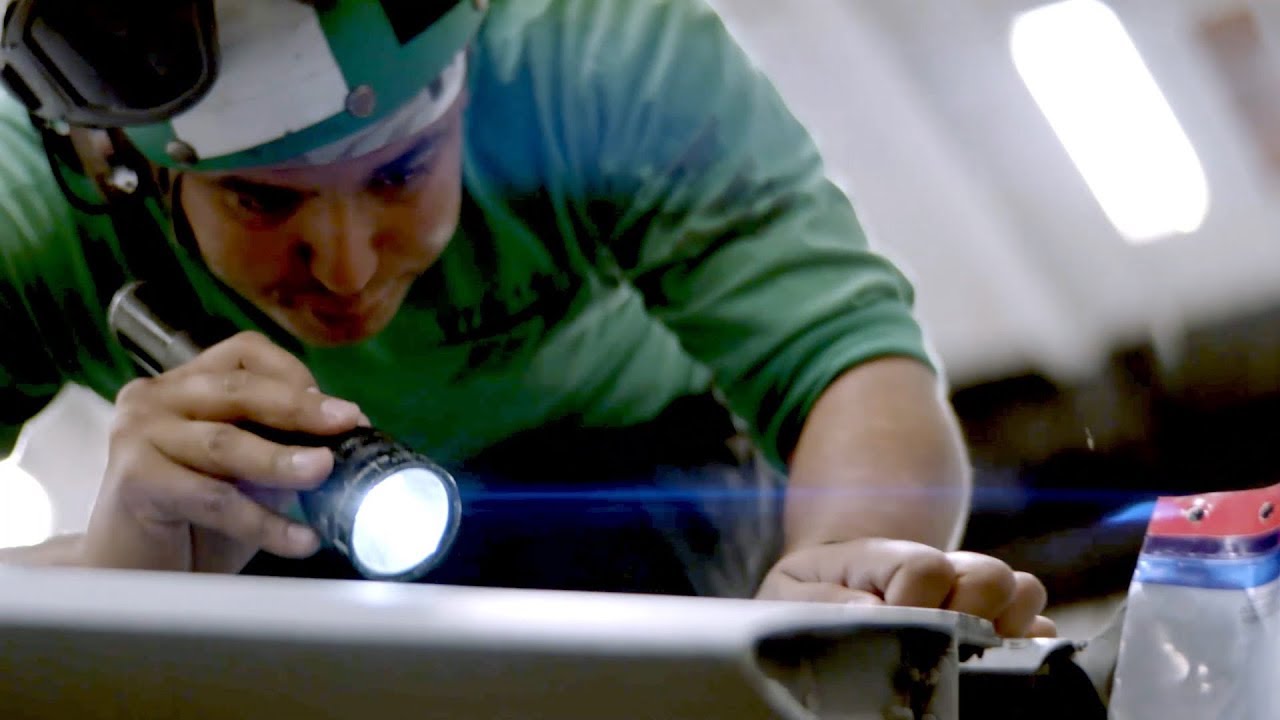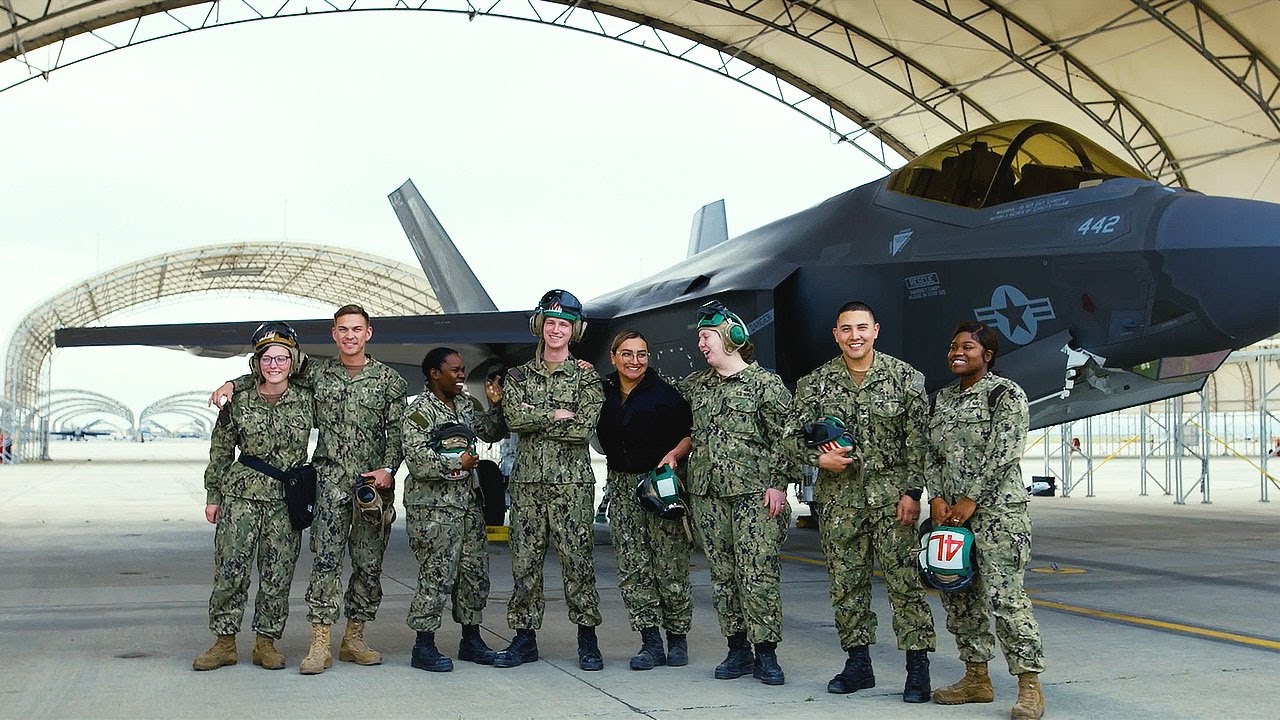What to Expect
More Information
Responsibilities
Aviation Structural Mechanics - Safety Equipment (AME) maintain and repair aircraft safety devices and utility systems responsible for sustaining life at high altitudes. As an AME, your job responsibilities may include:
- Maintaining various utility systems such as gaseous and liquid oxygen, air conditioning and ventilation, heating and pressurization
- Maintaining survival systems such as canopy ejection (egress), life raft ejection and fire extinguishing
- Installing, inspecting and rigging safety devices such as ejection seats, shoulder harnesses, lap belts and face-curtain mechanisms
- Performing daily, preflight, postflight and other aircraft inspections
Work Environment
Aviation Structural Mechanics may be assigned to sea or shore duty anywhere in the world, so working environments may vary considerably between assignments. AMEs may work in hangars, on aircraft carrier flight decks, or even on flight lines at air stations around the world. AMEs who volunteer for aircrew duty may also serve aboard aircraft. As an AME, you’ll do work of a physical nature as part of a close team.
Training & Advancement
Upon completion of initial training at Recruit Training Command Great Lakes (known as Boot Camp), you’ll report for specialized training, including:
Class "A" Technical School (9 weeks) in Pensacola, FL, for training in basic aviation structural mechanics, aviation theory and related skills.
After completing training, you may be assigned to an aviation squadron, aircraft carrier, Navy ship, naval air station, or other aviation shore facility in the U.S. or overseas.
AMEs assigned to squadrons with ejection seat aircraft will receive an additional 2 weeks of Egress training following Class “A” School. In general, AMEs will return to school for specialized training each time they receive a new assignment working with aircraft they are unfamiliar with.
Promotion opportunities are regularly available but competitive and based on performance.
Advanced Training
Advanced training as an Aviation Structural Mechanic may also be available during later stages of your career. For those with further leadership aspirations and a college degree, Officer roles may be available, providing opportunities to lead and train others.
Post-Service Opportunities
Specialized training received and work experience gained in the course of service can lead to valuable credentialing and occupational opportunities in related fields in the civilian world, such as aircraft maintenance or employment with aviation mechanics.
Education Opportunities
Beyond offering access to professional credentials and certifications, Navy technical and operational training as an Aviation Structural Mechanic can translate to credit hours toward a bachelor’s or associate degree through the American Council on Education.
You may also continue your education through undergraduate degree opportunities like the Navy College Program and Tuition Assistance and the Post-9/11 GI Bill.
Qualifications & Requirements
A high-school diploma or equivalent is required to become an Enlisted Sailor and an Aviation Structural Mechanic. You must also be a U.S. citizen eligible for security clearance.
AME applicants should possess an aptitude for using tools, equipment and machines. You should be able to perform detailed work, keep accurate records and work well as part of a team.
Important physical requirements for AMEs includes normal use of your hands, a high level of physical fitness, normal hearing and normal color perception.
General qualifications may vary depending upon whether you’re currently serving, whether you’ve served before or whether you’ve never served before.
Part-Time Opportunities
Serving part-time as a Navy Reserve Sailor, your duties will be carried out during your scheduled drilling and training periods. During monthly drilling, Aviation Structural Mechanics in the Navy Reserve typically work at a location close to their homes.
For annual training, you may serve anywhere in the world, including locations in the U.S., at bases overseas, or in areas where humanitarian needs are great.
Take a moment to learn more about the general roles and responsibilities of Navy Reserve Sailors.
Most of what you do in the Navy Reserve is considered training. The basic Navy Reserve commitment involves training a minimum of one weekend a month (referred to as drilling) and two weeks a year (referred to as Annual Training) – or the equivalent of that.
Aviation Structural Mechanics in the Navy Reserve serve in an Enlisted role. Before receiving the ongoing professional training that comes with the job, initial training requirements must be met.
For current or former military Enlisted servicemembers, prior experience satisfies the initial Recruit Training requirement, so you will not need to go through Boot Camp again.
For those without prior military experience, you will need to meet the initial Recruit Training requirement by attending Boot Camp in Great Lakes, IL. This training course will prepare you for service in the Navy Reserve and count as your first Annual Training.


